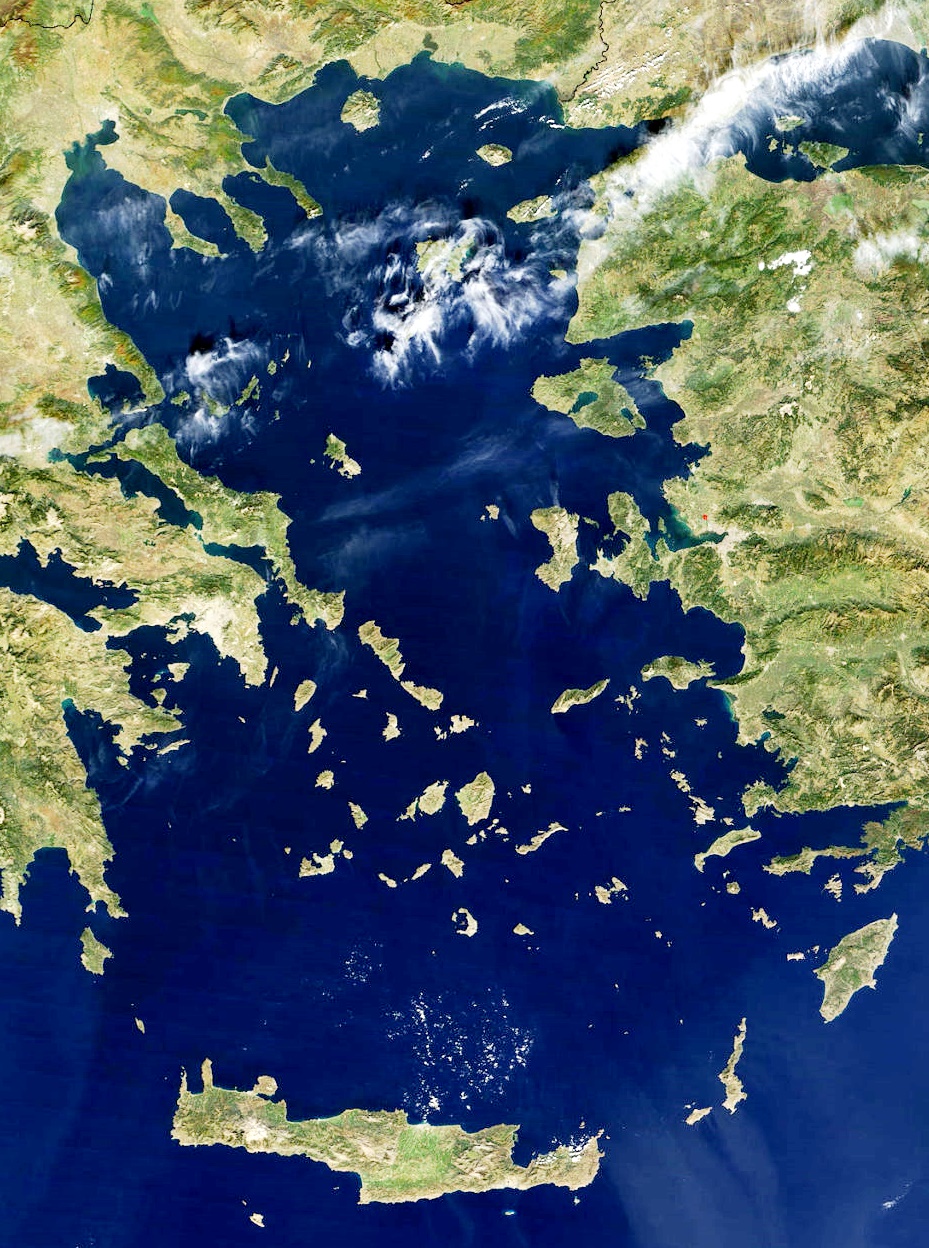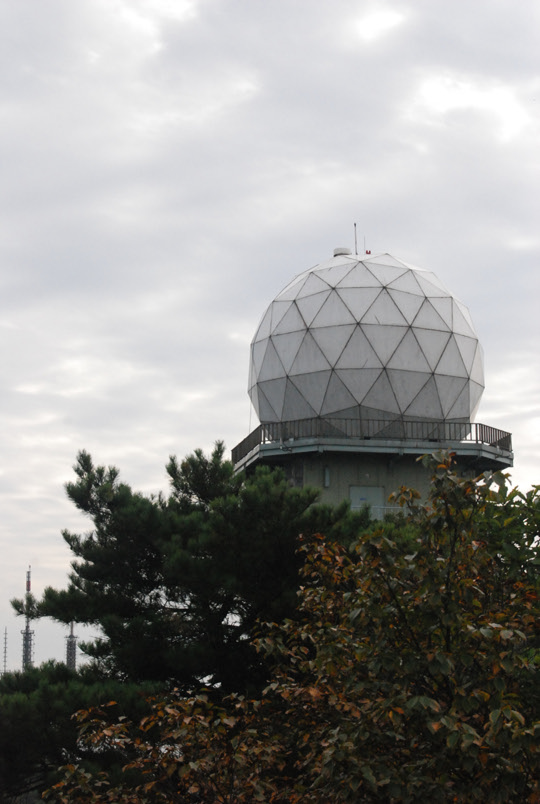|
Chuja Islands
The Chuja Islands () are a group of 42 islands in the Jeju Strait, about halfway between Jejudo and the southern coast of Jeollanamdo. Only four islands are inhabited: Sangchuja ("Upper Chuja"), which is connected by a bridge to Hachuja ("Lower Chuja"), the largest by area; Hoengang; and Chupo. The Chuja Islands are administered by Jeju City. As of December 31, 2019, the population is 1,733, based on the number of citizen registrations. History Chuja Islands are administered by Jeju City, but are geographically located adjacent to Wando-gun, Jeolla North Province, and the language and culture is similar to that of Jeolla North Province. Fishing Industry Sinyang Fishing Port Sinyang may refer to: * Sinyang County, a county of South Pyongan Province in North Korea * Xinyang Xinyang (; postal: Sinyang) is a prefecture-level city in southeastern Henan province, People's Republic of China, the southernmost administrativ ... is a national fishing harbor located at Sinyang-1-ri, an ... [...More Info...] [...Related Items...] OR: [Wikipedia] [Google] [Baidu] |
Archipelago
An archipelago ( ), sometimes called an island group or island chain, is a chain, cluster, or collection of islands, or sometimes a sea containing a small number of scattered islands. Examples of archipelagos include: the Indonesian Archipelago, the Aleutian Islands, the Lakshadweep Islands, the Galápagos Islands, the Japanese archipelago, the Philippine Archipelago, the Maldives, the Balearic Islands, the Åland Islands, The Bahamas, the Aegean Islands, the Hawaiian Islands, the Canary Islands, Malta, the Azores, the Canadian Arctic Archipelago, the British Isles, the islands of the Archipelago Sea, and Shetland. Archipelagos are sometimes defined by political boundaries. For example, while they are geopolitically divided, the San Juan Islands and Gulf Islands geologically form part of a larger Gulf Archipelago. Etymology The word ''archipelago'' is derived from the Ancient Greek ἄρχι-(''arkhi-'', "chief") and πέλαγος (''pélagos'', "sea") thr ... [...More Info...] [...Related Items...] OR: [Wikipedia] [Google] [Baidu] |
Jeju Strait
Jeju Strait is a strait between the Korean Peninsula ( South Jeolla Province) and Jeju Island ( Jeju Province). The strait is the boundary between the Sea of Japan and the Yellow Sea as defined by the International Hydrographic Organization, and is considered part of the East China Sea in Korea. Ecology The Kuroshio current, a north-flowing ocean current, results in warm water all year round. See also * Jeju Undersea Tunnel * Korea Strait **Eastern Channel * Sea of Japan * Namhae * Yellow Sea * East China Sea The East China Sea is an arm of the Western Pacific Ocean, located directly offshore from East China. It covers an area of roughly . The sea’s northern extension between mainland China and the Korean Peninsula is the Yellow Sea, separated b ... References Straits of South Korea {{SouthKorea-geo-stub ... [...More Info...] [...Related Items...] OR: [Wikipedia] [Google] [Baidu] |
Jeollanamdo
South Jeolla Province (; ''Jeollanam-do''; ), also known as Jeonnam, is a province of South Korea. South Jeolla has a population of 1,902,324 (2014) and has a geographic area of located in the Honam region at the southwestern tip of the Korean Peninsula. South Jeolla borders the provinces of North Jeolla to the north, South Gyeongsang to the northeast, and Jeju to the southwest in the Korea Strait. Muan County is the capital and Yeosu is the largest city of South Jeolla, with other major cities including Suncheon, Mokpo, and Gwangyang. Gwangju was the largest city of South Jeolla until becoming a Metropolitan City in 1986, and was the historic capital until the provincial government was relocated to the Muan County town of Namak in 2005. South Jeolla was established in 1896 from the province of Jeolla, one of the Eight Provinces of Korea, consisting of the southern half of its mainland territory and most outlying islands. Geography The province is part of the Honam region, a ... [...More Info...] [...Related Items...] OR: [Wikipedia] [Google] [Baidu] |
Jeju City
Jeju City ( ko, 제주시, Jeju-si; ) is the capital of the Jeju Province in South Korea and the largest city on Jeju Island. The city is served by Jeju International Airport ( IATA code CJU). Located on an island off the Korean Peninsula, Jeju has mild, warm weather during much of the year. The city is a well-known resort, with prestigious hotels and public casino facilities. In 2011, 9.9 million passengers flew between the two cities of Seoul and Jeju, making the Gimpo– Jeju route the world's busiest passenger air route. Jeju welcomes over ten million visitors every year, mainly from the South Korean mainland, Japan, and China. The population of Jeju City is 486,306 people and 205,386 households (244,153 men and 242,153 women, February 2019). The population density is 470.03 (per square km, 2015). History The area of the city has played a central role in Jeju since before recorded history. The Samseonghyeol, holes from which the three ancestors of the Jeju people ar ... [...More Info...] [...Related Items...] OR: [Wikipedia] [Google] [Baidu] |
Sinyang Fishing Port
Sinyang may refer to: * Sinyang County, a county of South Pyongan Province in North Korea * Xinyang Xinyang (; postal: Sinyang) is a prefecture-level city in southeastern Henan province, People's Republic of China, the southernmost administrative division in the province. Its total population was 6,234,401 according to the 2020 census. As of t ... or Sinyang, a city of Henan Province in China * Sinyang-myeon, a township of Yesan County in South Chungcheong Province, South Korea and birthplace of Pak Hon-yong {{geodis ... [...More Info...] [...Related Items...] OR: [Wikipedia] [Google] [Baidu] |
Korea Meteorological Administration
The Korea Meteorological Administration () (KMA) is the national meteorological service of the Republic of Korea. The service started in 1904 joining the WMO in 1956. Numerical Weather Prediction is performed using the Unified Model software suite. History The current Administration was established in 1990. Temporary observatories set up in 1904 in Busan, Incheon, Mokpo and elsewhere were precursors to the current KMA. The Central Meteorological Office (CMO) was established in August 1949. In April 1978, CMO was renamed the Korea Meteorological Service(KMS). In 1999, the Administration introduced a meteorological supercomputer for forecasting. As of November 2021, supercomputers ''Guru'' and ''Maru'' ranked 27th and 28th respectively in the world. In 2010, the KMA launched South Korea’s first geostationary meteorological satellite, the Communication, Ocean and Meteorological Satellite (COMS), also known as Chollian. Chollian started its official operation in 2011. The Seou ... [...More Info...] [...Related Items...] OR: [Wikipedia] [Google] [Baidu] |


